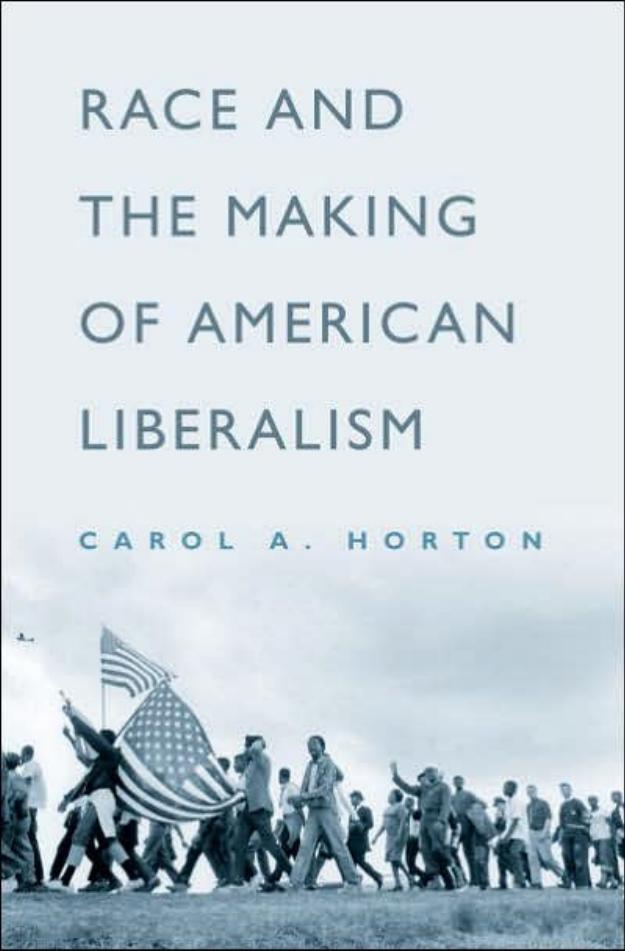Race and the Making of American Liberalism by Carol A. Horton

Author:Carol A. Horton [Horton, Carol A.]
Language: eng
Format: epub, pdf
Tags: USA, Racial Studies
Publisher: Oxford University Press
Published: 2005-09-07T22:00:00+00:00
Similarly, in 1962, Young asserted at the NUL’s national conference that while the “Negro is on the verge today of winning rights and respect long denied, rights and respect are empty symbols unless they can be translated into tangible social, economic, and cultural gains.”48
At a 1963 address to the AFL-CIO, Randolph emphasized that “long ago—during Reconstruction—the Negro learned the cruel lesson that social and political freedom cannot be sustained in the midst of economic insecurity and exploitation…. Freedom requires a material foundation.”49 Similarly, King in Why We Can’t Wait (1964) explained, “Many white Americans of good will have never connected bigotry with economic exploitation. They have deplored prejudice, but tolerated or ignored economic injustice. But the Negro knows that these two evils have a malignant kinship.”50
A 1963 survey conducted by the Fund for the Republic supported the claim that northern blacks were much more concerned about finding good employment than with the problems of segregation and overt discrimination. As reported by the New York Times, the conclusion of the researcher who conducted the survey was that the “real problem” of the northern black “is not racial discrimination per se but the fact that he is becoming permanently unemployed.” Unskilled and semiskilled workers, the study noted, were being increasingly replaced by machinery. Given the new demand for well-educated workers, many low-income blacks were so poorly educated that they simply never moved far enough along in the job process even to experience overt discrimination.51
As the movement’s commitment to socioeconomic equity became more explicit, its existing emphasis on the devastating interaction between racial discrimination and segregation and a changing economy marked by increasingly entrenched class divisions became more pronounced. Randolph expressed this position exceptionally well in his 1963 address to the AFL-CIO:
Automation is destroying tens of thousands of the unskilled and semi-skilled jobs to which Negroes have traditionally been relegated. Meanwhile, centuries of discrimination and exploitation have deprived Negro workers of the education and training required by the new skilled jobs opening up. Thus, we find that approximately 25 percent of the long-term unemployed are black American[s]. As unemployment becomes increasingly structural, the Negro is increasingly rendered economically useless.52
Download
Race and the Making of American Liberalism by Carol A. Horton.pdf
This site does not store any files on its server. We only index and link to content provided by other sites. Please contact the content providers to delete copyright contents if any and email us, we'll remove relevant links or contents immediately.
| Anarchism | Communism & Socialism |
| Conservatism & Liberalism | Democracy |
| Fascism | Libertarianism |
| Nationalism | Radicalism |
| Utopian |
The Secret History by Donna Tartt(18767)
The Social Justice Warrior Handbook by Lisa De Pasquale(12087)
Thirteen Reasons Why by Jay Asher(8745)
This Is How You Lose Her by Junot Diaz(6709)
Weapons of Math Destruction by Cathy O'Neil(6090)
Zero to One by Peter Thiel(5643)
Beartown by Fredrik Backman(5554)
The Myth of the Strong Leader by Archie Brown(5380)
The Fire Next Time by James Baldwin(5206)
How Democracies Die by Steven Levitsky & Daniel Ziblatt(5101)
Promise Me, Dad by Joe Biden(5041)
Stone's Rules by Roger Stone(4995)
100 Deadly Skills by Clint Emerson(4804)
A Higher Loyalty: Truth, Lies, and Leadership by James Comey(4803)
Rise and Kill First by Ronen Bergman(4663)
Secrecy World by Jake Bernstein(4599)
The David Icke Guide to the Global Conspiracy (and how to end it) by David Icke(4563)
The Farm by Tom Rob Smith(4409)
The Doomsday Machine by Daniel Ellsberg(4380)
